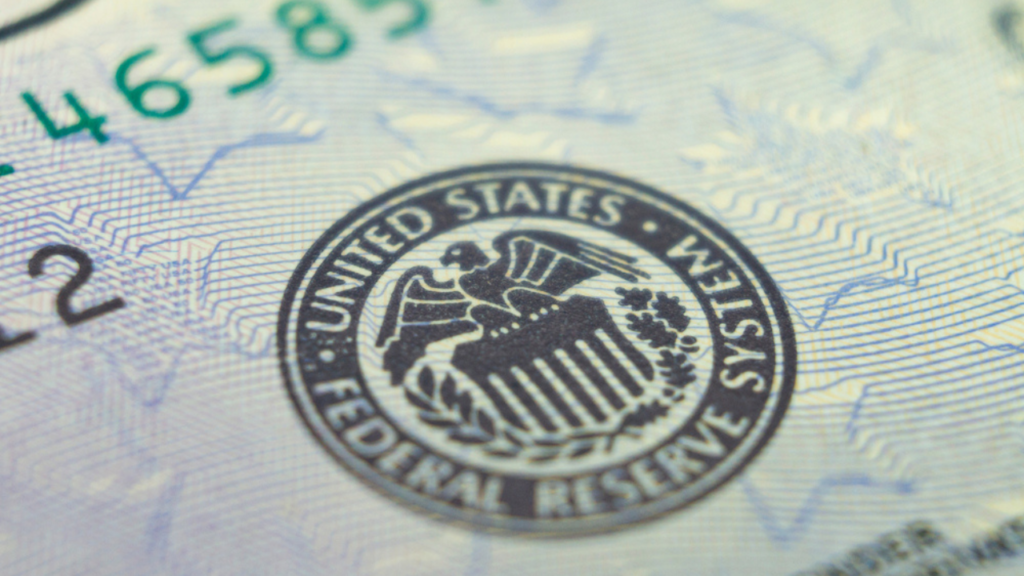Originally published at Project-Syndicate | May 27th, 2024
While rules-based monetary policy thrived when globalization put downward pressure on inflation, the COVID-19 pandemic has revived central bankers’ long-dormant preference for inflationary policies. This shift may help central banks maintain their independence, but it also increases the likelihood of another surge of price growth.
CAMBRIDGE – Listening to central bankers, one would think that the recent bout of high inflation was merely an excusable post-pandemic forecasting error made under extreme uncertainty. But while this narrative now prevails in markets and the financial press, it presumes a level of central-bank independence that is simply unrealistic in today’s volatile economic and political environment. And even if central banks manage to get inflation back down to 2% in the foreseeable future, the likelihood of another inflationary surge within the next 5-7 years has significantly increased.
This is not to say that individual central bankers are untrustworthy. The problem is that most central banks are not as independent as many believe. In a global environment marked by political polarization, onerous government debt burdens, geopolitical tensions, and deglobalization, central-bank autonomy cannot be absolute. As unelected technocrats, central bankers may have short-term operational independence, but governments ultimately control appointments and oversee budgets. In many countries, the government also has the power to reset monetary mandates.
Economists who drink central banks’ inflation-targeting Kool-Aid and view existing arrangements as sacrosanct fail to recognize that the belief that central-bank independence can help control inflation is barely four decades old. While Finn Kydland and Edward Prescott rightly received the Nobel Prize in Economics in 2004 for developing a theory of inflationary bias in monetary policy, their proposed solution – simply instructing central banks to follow specific guidelines – was rather naïve. The same could be said of modern inflation-targeting regimes or the so-called Taylor rule.
The problem is that simple rules inevitably run into periods where they work very badly and must be thoroughly revised. This occurred, for example, after the global financial crisis when central bankers’ perception of what constituted a restrictive policy rate changed dramatically; it appears to be happening again now. In these key periods, central banks are extremely vulnerable to political pressure.
Indeed, the COVID-19 pandemic brought long-dormant political and economic forces back to the fore. As I argue in a recent paper co-authored with Hassan Afrouzi, Marina Halac, and Pierre Yared, these forces are unlikely to disappear anytime soon. While the post-pandemic period has been characterized by heightened uncertainty, making it difficult to predict macroeconomic trends, this is precisely when central banks tend to be more inclined to risk high inflation rather than a massive recession. After all, people may not like inflation, but they dislike deep recessions and financial crises even more.
As geopolitical tensions spike and global growth slows, economic uncertainty is likely to remain elevated. This is partly because, despite their bells and whistles, central banks’ “new Keynesian” forecasting models are fundamentally based on extrapolation. In other words, they perform well under stable conditions but often fail to predict major turning points. At such pivotal moments, when central banks are particularly vulnerable to political pressures, it is generally far more productive to look for historical parallels or consider the experiences of other countries.
To be sure, inflationary surges do not happen every year. But another bout of inflation could occur sooner than markets expect. When faced with economic uncertainties, central banks may not aim for high inflation, but they will likely adjust their interest-rate policies in a way that makes such an outcome more likely than a deep recession or a financial crisis.
Despite being well-known to economists, this inflationary bias has not been recognized by financial markets, perhaps because central-bank messaging has become exceptionally effective over the past few decades. Central bankers understand that as soon as markets doubt their intentions, interest rates will quickly reflect rising inflation expectations. Nevertheless, this realization is unlikely to help them resist pressures from politicians, who often focus only on the next election and may prioritize other issues over stabilizing short-term inflation.
While governments could take several steps to enhance central-bank independence, such measures are unlikely in today’s populist environment. Instead of ensuring that inflation stays within the target range, central banks are increasingly pressured to focus on issues they lack the necessary tools, expertise, or political legitimacy to address, such as inequality, climate change, and social justice.
Central bankers no doubt aim to achieve their inflation targets, but they always need to be wary of their political masters. To maintain their independence under growing pressure, central banks will need to be flexible and occasionally make concessions, which could lead to a repeat of the post-pandemic inflationary surge within the next ten years. Consequently, realistic investors should understand that even if central banks manage to rein in high inflation now, it is bound to return sooner than most forecasts currently predict.
Kenneth Rogoff: Professor of Economics and Public Policy at Harvard University and recipient of the 2011 Deutsche Bank Prize in Financial Economics, was the chief economist of the International Monetary Fund from 2001 to 2003. He is co-author of This Time is Different: Eight Centuries of Financial Folly (Princeton University Press, 2011) and author of The Curse of Cash (Princeton University Press, 2016).
